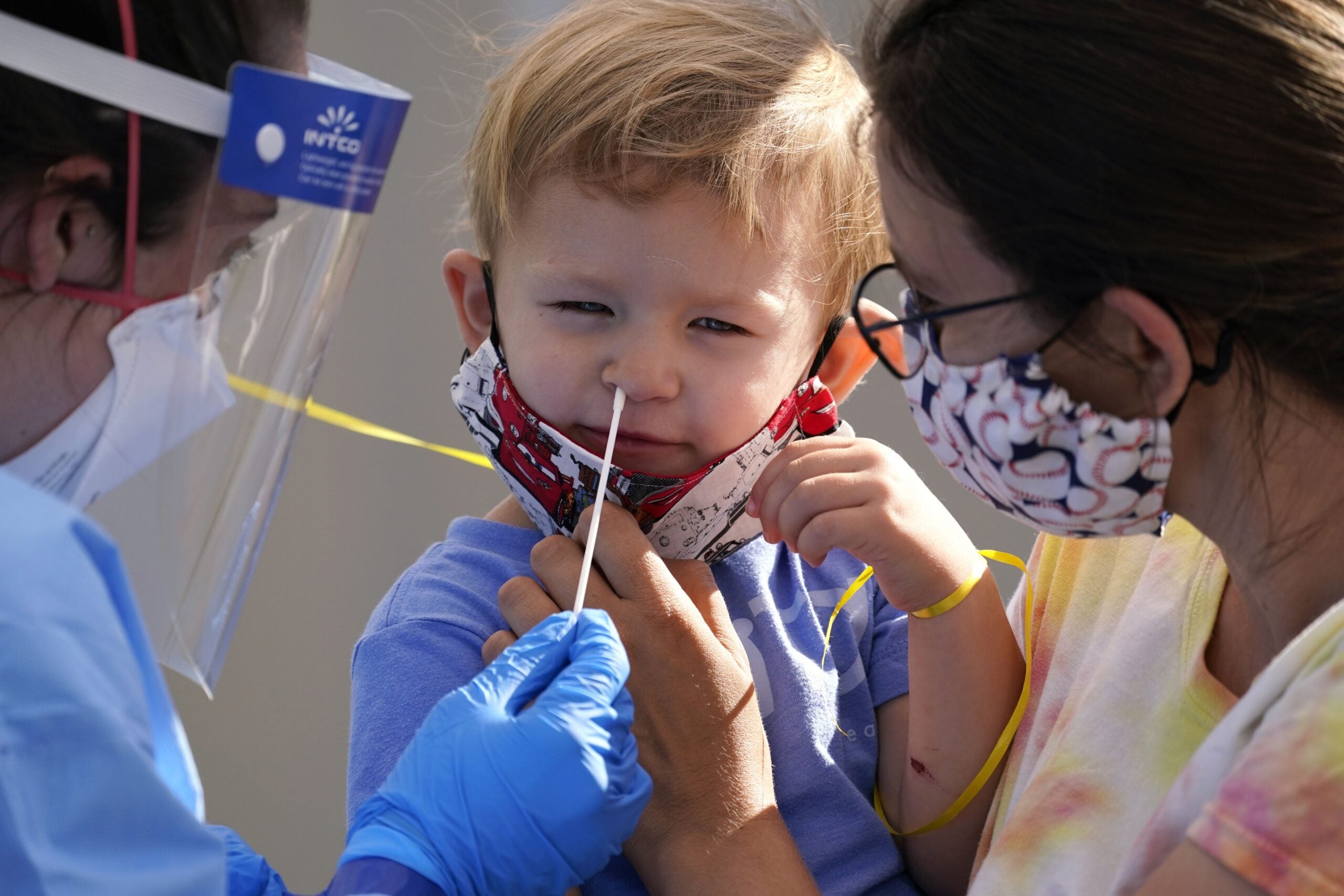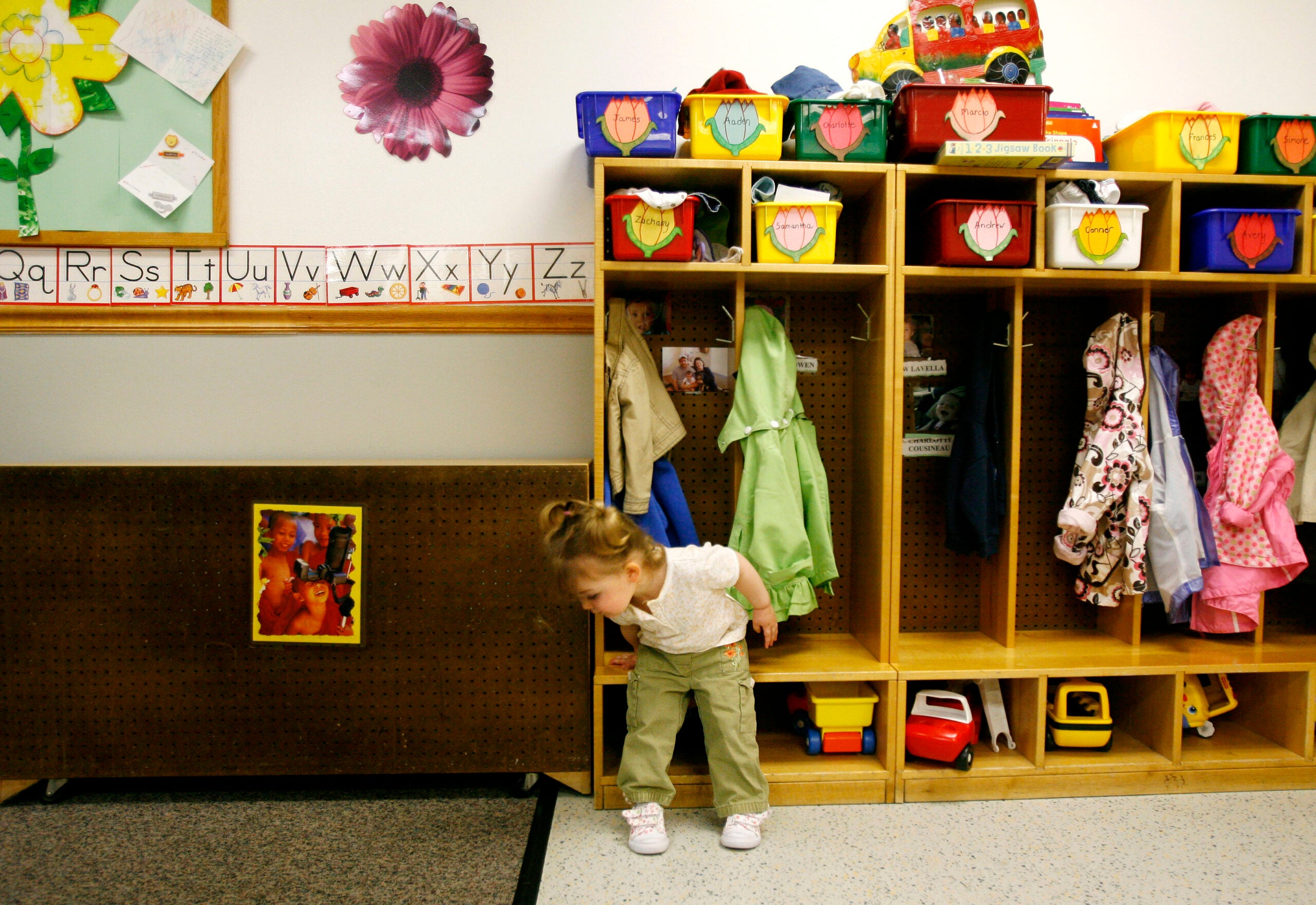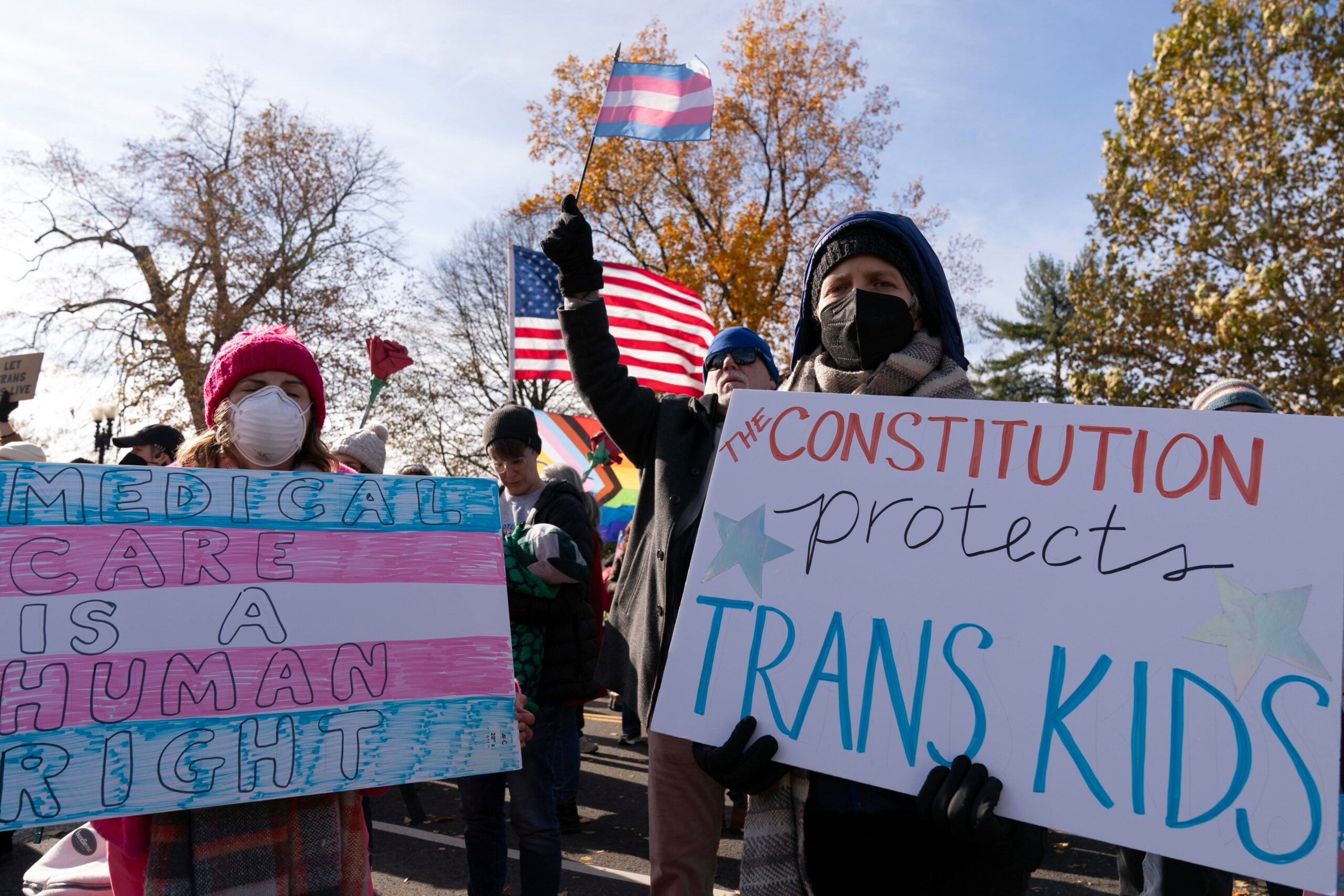The COVID-19 pandemic has brought hit after hit to the Growing Tree, a child care provider in New Glarus.
They’ve had to operate at about 50 percent capacity because of staffing shortages and COVID-19 concerns, meaning the day care, which was already operating on a thin margin, can’t cover all of its expenses.
Brooke Skidmore, who runs the day care, said the Growing Tree lost $110,000 over the first year of the pandemic, but was able to cover those losses with a combination of federal relief funds the state distributed to providers and federal Paycheck Protection Program funds. She said they’re on track to lose a similar amount this year, but because the Growing Tree was denied a recent round of provider funding, she isn’t sure they can make up the difference.
News with a little more humanity
WPR’s “Wisconsin Today” newsletter keeps you connected to the state you love without feeling overwhelmed. No paywall. No agenda. No corporate filter.
“If we don’t get the funding like we were able to procure last year, we won’t be able to sustain financially,” she said. “If we can’t do that, then we really can’t stay open.”
Some providers, like Corrine Hendrickson’s Little Explorers Family Childcare, have had to shut down temporarily because teachers caught COVID-19.
Hendrickson, who’s the sole teacher for nine kids in her home-based care, also in New Glarus, has been participating in a regular testing program. She has been able to catch several cases early enough that it hasn’t spread to other children, but just before Christmas, she got a breakthrough case of COVID-19 herself.
“It’s always been this cloud over me that like, ‘It’s gonna happen, it’s gonna happen,’” she said. “Well, it finally happened.”
She is planning to reopen Monday and is able to cover the gap in income from her closure using funds from a state “We’re All In” small business grant, but once those funds are gone, she said she’s concerned about how to cover future closures and more cases are likely, especially with many of the children in day cares too young to get vaccinated. People age 5 and up are eligible for the vaccine, with a possible vaccine for children under age 5 available the first half of this year.
“I’m probably going to reopen, but I’m scared we’re going to close back up in a week,” she said. “My families are all really good and really careful, but it’s everywhere.”
Other providers have closed permanently. Wisconsin lost about 20,000 licensed child care slots from 2011 to 2020, and COVID-19 prompted even more closures.
Family child care programs like Hendrickson’s, which typically consist of one provider taking care of children in a home, have been particularly vulnerable to closing permanently, said Kelly Borchardt, executive director of the central Wisconsin child care referral agency, Childcaring.
“Maybe the provider is a little bit older, or was on the fence about retirement already,” she said. “We’ve seen a lot of early retirements, or people just saying, ‘I can’t do this anymore.’”
Borchardt said she has been hearing from family after family that they can’t find a place to send their children.
“They’re even having trouble with the child care providers not being able to call them back, or not answering their phones or emails,” Borchardt said. “That’s really telling us that directors, teachers are completely overwhelmed just keeping their doors open and serving current children and families that they have, let alone thinking about enrolling any new children.”
Borchardt said she has been hearing about more classroom closures than full-facility closures at this point as children or staff are testing positive or quarantining.
Skidmore, in New Glarus, said she has been able to keep closures limited to classrooms so far during this surge, but that she is worried she’ll have to close the Growing Tree if COVID reaches too many staff members or children.
“There’s a lot of things working against us right now,” she said.
Child care shortages have rippled out into other industries, as parents have had to take time off, or quit jobs entirely, to care for their kids. The Wisconsin Economic Development Corp. awarded three of its Workforce Innovation Grants, funded through federal relief dollars, for child care specifically. Local communities identified child care as a key barrier keeping people out of the workforce.
“We know that child care was a struggle in many communities and for many companies, but when the pandemic hit … it really brought to light the challenges that we have when we don’t have access to safe, quality, affordable child care,” Missy Hughes, WEDC’s CEO, said.
Hughes said she has seen some companies start offering onsite child care, both as a solution to shortages and as a way to attract workers in a tight labor market — and one that has fallen particularly heavily on women.
“Getting the businesses involved is really critical, because that makes sure that we keep women in the workplace, and it assures that the child care providers have a more sustainable income if they can count on the businesses to purchase slots and have those available, then they have a sustainable, predictable income,” she said.
Wisconsin Public Radio, © Copyright 2026, Board of Regents of the University of Wisconsin System and Wisconsin Educational Communications Board.




